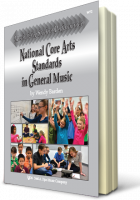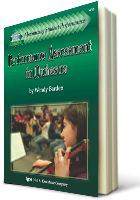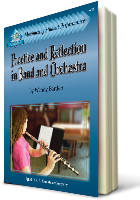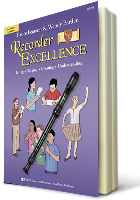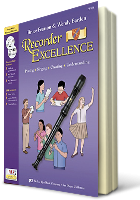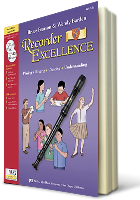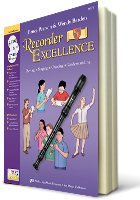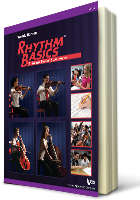What's in the box? Writing rubrics
Rubrics are commonly used to assess musical performances—and tasks in other areas, too—when achievement is not easily reported in percentages.
Rubrics are helpful to students because they establish and communicate levels of achievement in a musical task, and most helpful when the rubric is introduced along with an exemplary performance. That way, students clearly know their target—what a proficient performance looks like, sounds like—and will be able to self-assess their work as they practice.
A rubric is also valuable to teachers because it can help us maintain the accuracy and consistency with which we score our students’ performances. And yet, we sometimes choose other ways to convey achievement because writing rubrics can be a daunting task.
Writing rubrics gets easier with practice—and examples. Do a bit of research and collaborate with colleagues. At the same time, think about how the different ideas you find align or support your students’ level of experience, your focus on the assignment, and even the type of musical performance.
In creating rubrics, there are three sets of decisions to be made—three sets of boxes to fill.
Elements or characteristics to be assessed. Down the left column of the table is the list of one or more elements to be assessed. Elements might include rhythm, pitch, tone, articulation/diction, dynamics, and/or phrasing. I try to limit the number of elements in an assessment to four or five at the most. By doing so, there’s a better chance of accurately assessing each element and within a shorter musical example.
Levels of achievement in the performance. Across the top row of the table, levels of achievement describe the quality of the performance. There are often four levels that can be labeled using words or numbers. In some schools, these labels are consistent across all subjects. In other schools, each department or teacher determines the labels and number of levels. View examples of levels of achievement frequently used on the attached pdf.
Performance descriptors. The most challenging part of creating a rubric is usually filling all of the other boxes. What are the best words to describe the varying levels of achievement in each element?
Think about the different sets of descriptors for the performance of rhythm shown on the attached pdf. You might use one set of descriptors for achievement on all types of assignments. Or, you might change the descriptors according to the type of performance. Conversation with colleagues—and common rubric language when it makes sense—would be helpful to students as they move through your music program.
- The descriptors in Examples A, B, and C are more holistic. Consider using one of these with elementary general music tasks, or with a longer middle level or high school performance such as a solo, ensemble, or excerpt from the repertoire.
- Also consider Example C in reverse order. What difference might the order (low to high vs. high to low) make for students?
- The descriptors in Example D require quantifying errors. Consider using this set when the performance is limited to only 8-16 measures, such as an exercise out of lesson book or a counting line.
- Consider Example E when you have an opportunity to interact with students during the assessment. This works well for elementary general music tasks, or in small group sectionals or individual lessons.
Example_Rubrics_for_Rhythm.pdf
Yes, and… As students become familiar with describing and assessing achievement in their performances, is it possible to involve them in writing rubrics? The short answer is Yes! Initially this will take more class time than if you simply distribute a rubric, but they will likely become more invested in the work and have a deeper understanding of their goal.
Thanks for pausing with me for a few minutes in your busy week. Have a good one!
____________________
Barden, Wendy. National Core Arts Standards in Secondary Music Ensembles. San Diego: Kjos Music Press (2014).
Barden, Wendy. Performance Assessment and Reflection in Choral Ensembles. San Diego: Kjos Music Press (2011).
Barden, Wendy. Performance Assessment in Band. San Diego: Kjos Music Press (2009).
Barden, Wendy. Performance Assessment in Orchestra. San Diego: Kjos Music Press (2009).





